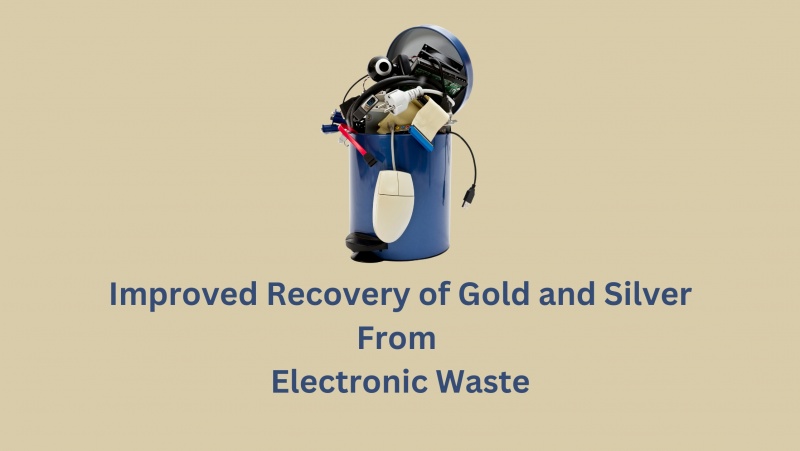New Refining Processes: How Tech Is Improving Purity and Yield
Laser-based refining
Gold in its pure form and other valuable metals are left behind when base metals in the ore are vaporized using laser-based devices. Compared to conventional smelting, this “blasting” process is quicker and more accurate. Certain methods can recover over 99% of the gold and silver contained in the ore, greatly exceeding typical recovery rates.
Ion exchange
Ion exchange resins draw gold and other metals out of their solutions and then unleash them, acting like tiny magnets. With less harmful chemicals used, this “catch and release” procedure may attain higher purity than previous methods. A lesser amount of waste is produced because resins can be reused.
Bioleaching
The minerals and metals are naturally broken down by a group of bacteria known as extremophiles. Utilizing these microorganisms, bioleaching removes gold and other precious metals from ore. The metals are liberated when the bacteria consume the ore and can then be collected. Contrasting to conventional procedures, this sustainable process uses fewer chemicals and operates at a lower cost.
Prospects for the refinement of precious metals are promising thanks to new technology.
Automating Precious Metals Recovery: AI and Sensors in Action
AI-Powered Precious Metals Detection
Gold, silver, and platinum group metals can be discovered in ore, scrap metal, and recycled materials thanks to artificial intelligence (AI) technologies. For establishing if extraction can be achieved and cost-effective, AI analyses samples to identify signatures particular to each metal. Using machine learning, some systems can improve their detecting skills over time.
Sensors That Sniff Out Precious Metals
Even in complex mixes, extremely sensitive sensors can find residues of precious metals. The wavelengths that each metal absorbs and emits are found using optical emission spectrometers, which subject samples to intense light. Swift evaluation is provided by these kinds of sensors for easier extraction.
Sorting and Separation Automation
Automated sorting and separation techniques start working as soon as precious metals are discovered. According to characteristics like density and magnetism, shakers, and centrifuge machines separate metals from ore and recyclable materials. Robotic arms controlled by artificial intelligence are capable of grasping, moving, and sorting items.
Artificial intelligence (AI), sensors, and automation are converting the precious metals refining sector into a cutting-edge, ultra-efficient one.
Blockchain for Provenance and Traceability: A New Era of Transparency
In the world of precious metals, blockchain technology has ushered in an entirely novel phase of transparency and traceability. Using a digital ledger called a blockchain, transactions can be recorded in a way that is visible, safe, and forever.
To track gold, silver, and gemstones, several businesses are now conducting experimental projects. Each substance is assigned an electronic symbol that indicates its special qualities, such as weight, purity, and history.
Using traceable manufacturing as well as supply chain practices, blockchain offers vendors a method to distinguish and enhance the value of their items. The possibility exists for blockchain to improve precious metals’ liquidity.
This venerable industry has a promising future.






